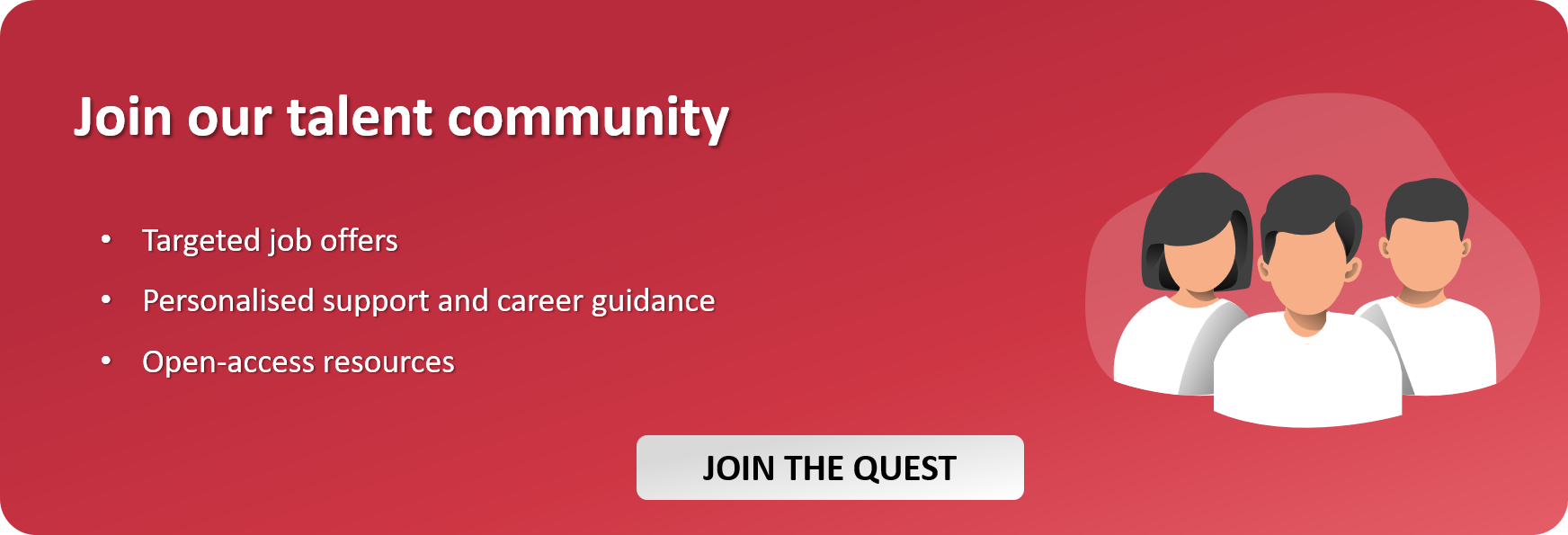Learn all about Microsoft careers and the various paths one can take within the Microsoft Technologies ecosystem with this guide.
It was not that long ago that Microsoft seemed on track to take a more secondary role in the future of enterprise technology.
Software sales had been sluggish for some time, and the company seemed unable to keep up with the pace of innovation of its competitors. Well, things change quickly, especially in IT.
To the surprise of some, Microsoft has managed to bounce back in just a few years. It has indeed delivered its finest OS to date, Windows 10, created a new line of successful hardware products like the Surface. Thus it become a top contender in the cloud wars. Moreover, Microsoft is one of the biggest beneficiaries of the current situation. Being incredibly fortunate with cloud-based collaboration tools ranging from Azure and Office 365 to Microsoft Teams.
Hence, investing time and resources in pursuing one of the many Microsoft careers is a solid career bet. Here is a little roadmap that we hope helps guide you on your journey to personal and IT professional success.
Microsoft careers: a solid IT career investment

The surge in remote work caused by COVID-19 has greatly helped the cloud industry. Microsoft’s Azure business keeps on growing, consolidating the company’s position as the world’s second-largest cloud provider with only Amazon ahead. In turn, the increased demand for cloud know-how has led to a severe drought of talent, especially in areas like cybersecurity. Both cloud and security are highly coveted these days.
Additionally, in a world dominated by data, business intelligence is key. Here, Microsoft also reigns supreme with tools like Microsoft Power BI — a business intelligence platform that caters to business users. As an IT professional, knowing your way around MS Power BI will make you a great asset in today’s enterprise. There will always be someone in need of an expert to set up the environment, train end-users and troubleshoot.
Finally, Microsoft’s sheer size and reach, as well as its tools and platforms focused on developers. This means that a vast amount of applications and solutions are developed using Microsoft’s technology.
Ubiquity, scalability, flexibility and endless possibilities are the words that come to mind when trying to explain what Microsoft stands for in this day and age.
In addition, the Redmond, Virginia company is almost everywhere and in everything, connecting the world economy across industries, practices and solutions.
This Microsoft careers guide connects the dots and providing a holistic perspective on the Microsoft ecosystem and the various career paths one can take within.
The Microsoft Technology Stack

Ubiquity, productivity, scalability, flexibility. These are some of the words that come to mind when trying to explain what Microsoft stands for in this day and age. The Redmond, Virginia company is almost everywhere and in everything, connecting the world economy across industries, practices and solutions. Cloud, operating systems, repositories, collaboration tools…
But, as an IT professional, you would encompass more than enough by focusing on the company’s core solutions. Here are the principal technologies in the Microsoft Technology Stack.
The different IT career paths within Microsoft

Given the breadth and depth of Microsoft’s tech stack, the number of jobs and specialties that the environment comprises is practically impossible to capture completely and concisely at the same time. There are just too many.
However, you can identify a series of recurrent role across the various technologies. The company itself highlights these common career paths in its training programs.
Also explore our article on Microsoft career paths for an overview of the different career paths within the Microsoft ecosystem.
Developing your Microsoft expertise

As with other proprietary families of technologies, the best way to go about learning the basics and getting a foot in the door is through official Microsoft certifications. These provide you with a solid technical foundation while validating your expertise in front of recruiters and the overall industry.
In conclusion, there is a myriad of certifications one can obtain, based on desired role or IT career path, or depending on the specific skills you would like to acquire.
Here’s a quick guide to the world of Microsoft certifications.





















